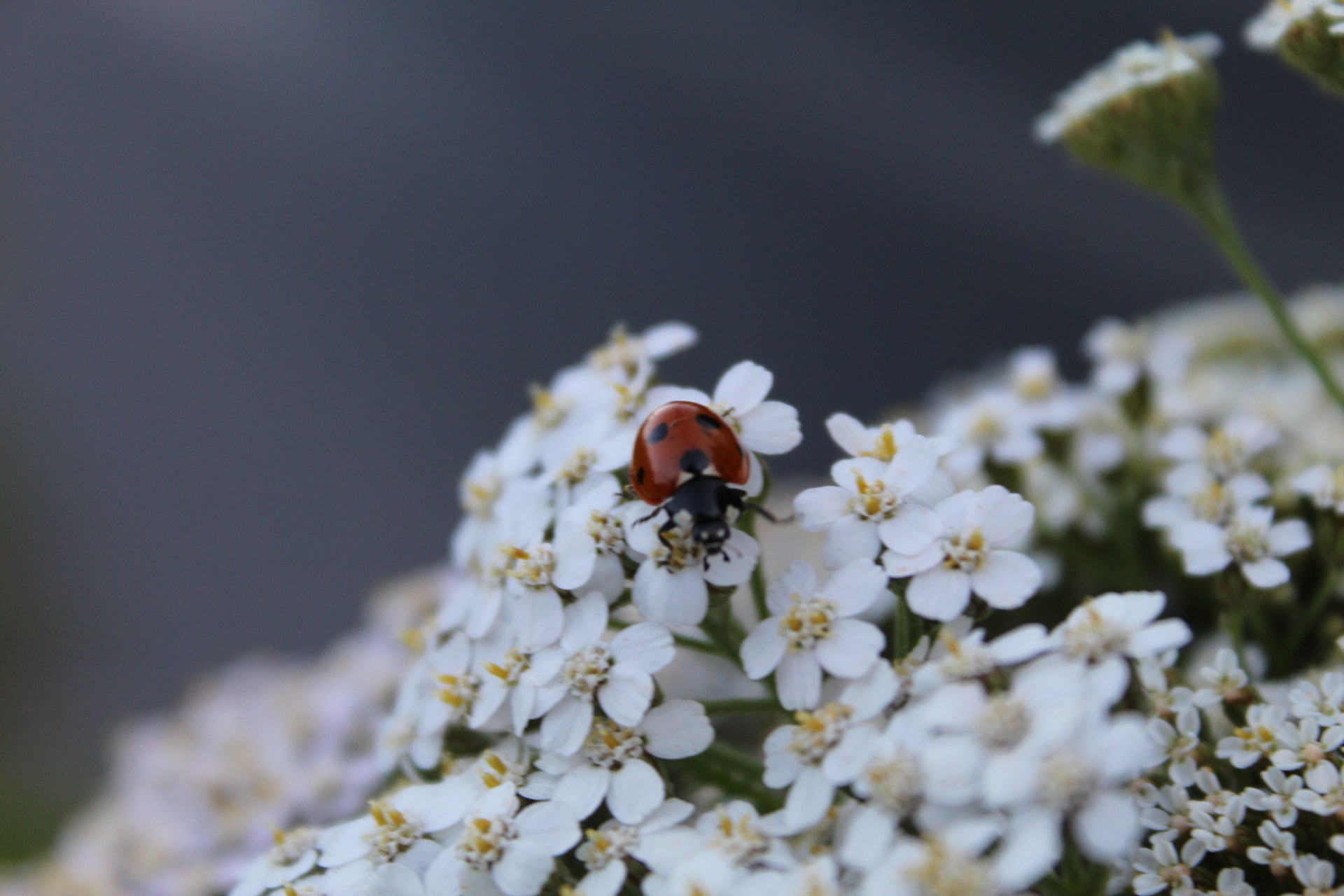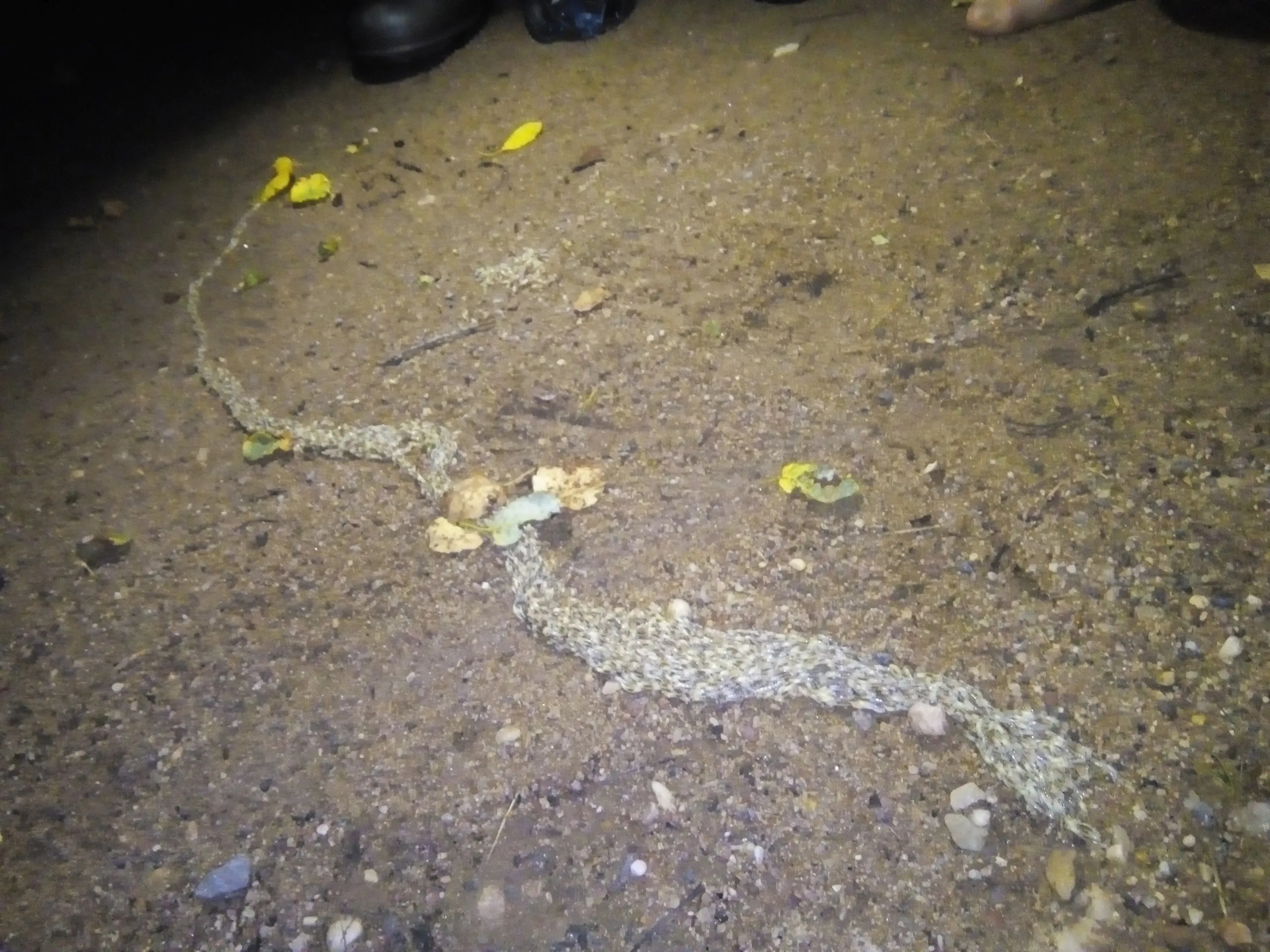Putukad
Lenda, lenda, lepatriinu!

Ämblik on jumala poolt õigeks tunnistatud loom. Ämblikule ei tohi mitte haiget teha ja teda ei tohi tappa. Kui seda tehakse, siis on see suur patt, selle eest tuleb inimesel ükskord vastust anda, kui ta on ämblikule haiget teinud.
Ämblik on jumala poolt õigeks tunnistud loom. Ämblikuli äi tohi mitte aiged teha ja teda äi tohi mitte tappa. Kui seda tehakse, siis on see suur patt, selle eest tuleb inimesel ühe korra vastust anda, kuida on ämblikuli aiged teind.
Kui ämblik võrku läheb, siis tuleb kuri ilm, aga kui ta võrgust välja ronib, siis läheb ilm heale.
If a spider goes into its web, bad weather is coming; but if it climbs out of the web, the weather will turn fair.
Metsas ei tohi nimetada sipelga nime, muidu sipelgad vihastuvad, kusevad ehk hammustavad1 nende nime nimetajat. Sipelgate asemel öeldakse metsapere.
1 Sipelgad pritsivad hapet.
In the forest, one must not say the name of the ant, or the ants will get angry. They will piss or bite1 the one who spoke their name. Rather than ants, they are called the Forest folk.
1 Ants actually spray acid.
Ingrid Rüütel: Aga kuidas see kiini1 ajamine nüüd oli?
Salme Pärg: Kiini ajamine. Zzz...
IR: Kes see niimoodi siis tegi?
SP: No, karjased.
IR: Misjaoks?
SP: Niimoodi oli, et teinekord oma karjased oma karjale ka tegid. Kui karja ei lastud kodu – a ku kari kõvasti hakkas kiini minema, võtsid sabad püst selga ja hakkasid jooksma kuskil – võibolla vilja või. Kiinis kõvasti käisid, parme oli palju, sis lasti kari varem kodu. Kari käib juba kiinis, ei saa enam mitte, ei söö enam, kari on kiini läind ja sis lasti kodu. Sis teinekord oma karja juures ise ka tegime nii tasa, tasem ära, et võibolla äkki kuulevad veel. Siis tegime zzz... parmu häält.
IR: A vahel siis tehti teise karjale ka?
SP: No teise karjale ka, kui teise kari kui juhtus nii oli metsa ääres, et teise kari metsa ääres rahulikult sõi, ja siis läksin metsa mööda tasakesi sinna karja juure. Muidugi siin nii kõvasti, kui olid karjased kaugemal kuskil mängisid Vaat siis tegime niimodi zzz.... Sis oli hea meel, kui vaatasime, kui juba mõni tõmmas, saba üks püsti, teine püsti, eks hakkasid sibama, sis panime ise ka jooksu oma karja juurde jälle.
1 kiin – paaniline jooksmine putukate eest põgenedes
Ingrid Rüütel: So, how was this kiini ajamine1 exactly?
Salme Pärg: Driving them into a panic. Zzz...
IR: Who did that then?
SP: Well, the herders.
IR: Why?
SP: It was like this – sometimes the herders did it to their own herd. If the herd wasn’t allowed to go home – oh, but when the herd started running frantically, tails raised, bolting somewhere – maybe into the fields or something... When they went into full panic because of all the horseflies, the herd would be let home earlier. When the herd was already in panic, they couldn’t eat anymore; the herd had gone into *kiin*, and then they were sent home. Sometimes we even did it deliberately with our own herd, quietly and carefully, just in case someone might still hear. We made the buzzing sound, like zzz... [imitating the horsefly].
IR: And sometimes you did this to someone else’s herd too?
SP:: Well, yes, to another herd too, if their herd happened to be grazing peacefully at the forest's edge. I’d sneak quietly through the forest to get close to their herd. Of course, not too loudly, especially if their herders were farther away, playing somewhere. Then we’d make that buzzing sound—zzz... It was quite satisfying to see when one tail went up, then another, and they started darting around. Then we’d take off running back to our own herd again.
1 kiin – panicked running caused by fleeing from insects, comparable to amok; kiini ajama – to drive into panic

https://www.postimees.ee/4207637/video-vorumaal-ilmutas-end-haruldane-loodusnahtus-vaenukois
Mina nägin vainuköit ka oma elus ühe korra. Olin mõisa aias heina niitmas. Hommiku oli ja rohi oliveel õige märg. Niitsin liivase tee ääres, mitte just tee pialt, aga eks ta old sial ka liivane. Heina niitsin pialt ära ja mägin heina all nagu halli riide riba. Hakkasin teda ära viskama, mõtlesin ikka villase riide riba olema. Ligemalt vaadates nägin, et asi ussidest nagu kokku tehtud põimik.1 Ussid olid nagu sabapidi ja piad pidi koos, ja nii kui ma nad lahti tegin läksid jälle ruttu kokku ja parandasid selle sassi läinud põimiku jälle ruttu ära. Kartsin teisi, olid libedad ja nii kole palju ja sellepärast jätsin nad rahule ja läksin kaarega edasi. Olid ime väikesed (1 sm pikkused umbes) niisukesed hallid nagu need vihukaaned ja musta piadega (nende vihukaante värvi, millesse ma seda juu kirjutan). Seda ma nüüd kindlasti ei tia ütelda, kuidas nad kinni üksteisest hoidsid, ei julenud neid vaadata nii kaua. See põimik oli umbes ühe küündra pikkune ja nii nelja sõrme laiune. See põimik liikus mööda maad edasi. Natukese aja pärast tuli mu juurde vana mõisakärnar2. Rääkisin temale selle asja ära ja küsisin tema käest siis mis asi see on sisi tema ütles, et vainuköis. Tema tahtis siis seda üles otsida ja näha, otsisime küll aga enam ei leind seda kohta ülesse. Kärnar rääkis siis mulle, et see inime, kes on parema käe nimetis sõrmega3 ära lahutanud vainuköie, et selle sõrmega vajutamine nagu kasvajat kahepoolset või muud siis see saab terveks või kaub haigus. Üks naabrieit rääkis ka, et tema on vainuköit lahutand ja nüüd selle sõrmega on ta juba mitu imet teind.
1 Vaenusääse vastsed. https://artsandculture.google.com/asset/sciara-militaris-army-worm-zoological-research-museum-alexander-koenig/7wEC4nH8ariZsw
2 kärner
3 nimetissõrm – praegu on see teine sõrm, aga vanasti oli see neljas sõrm (Nimeta Mats). Vainuköie kohta: Hiiemäe 1984a.
I have seen a rope of feud once in my life. I was mowing hay in the garden of the manor. It was the morning and the grass was quite wet. I was mowing near a sandy lane, not on it but it was still sandy. I mowed the hay off and I saw something like a grey cloth tab under the hay. I was about to throw it away as I thought it was a woolen cloth tab. When I saw it closer I realised it was like a kind of plait of worms!1 Some worms were tied together by their heads and tails. As soon as I split them, they quickly got together again and they reformed the plait that had been messed up. I was scared of them as there were so many and they were slimy, so I left them alone and went forth with cutting my hay swath. They were tiny (about 1 cm) and grey like workbook covers and with black heads (of the colour similar to the workbook covers I am writing my story into). I am really not sure how they clung to each other. I had no courage to look long enough. This plait was about a cubit long and of width of four fingers and it kept moving on the ground. The old manor gardener came to me after a while. I told him what I saw and asked him what it could be and he told me that it was a rope of feud. He wanted to look it up and so we were looking for it but we no longer found the place. The gardener told me that the person who has split up the rope of feud with an 'unnamed finger'2 of the right hand, pushing by this finger shall heal cancer or other disease. A neighbour woman told me that she had split up a rope of feud and she has carried out several miracles with this finger.
1 Sciara Militaris ‘army worm’.
2 The original nimetissõrm is ambiguous about the finger, because in older Estonian it referred to the fourth finger (< nimeta sõrm ‘nameless finger’), but later it became the name of the forefinger. In older tradition the rope of feud was likely to be split up with the fourth finger as it was the most gawky as well the most magical finger. In English, for a brief period of time in the 17th century, the fourth finger was also called ‘the nameless finger’ (See: Ring finger).

